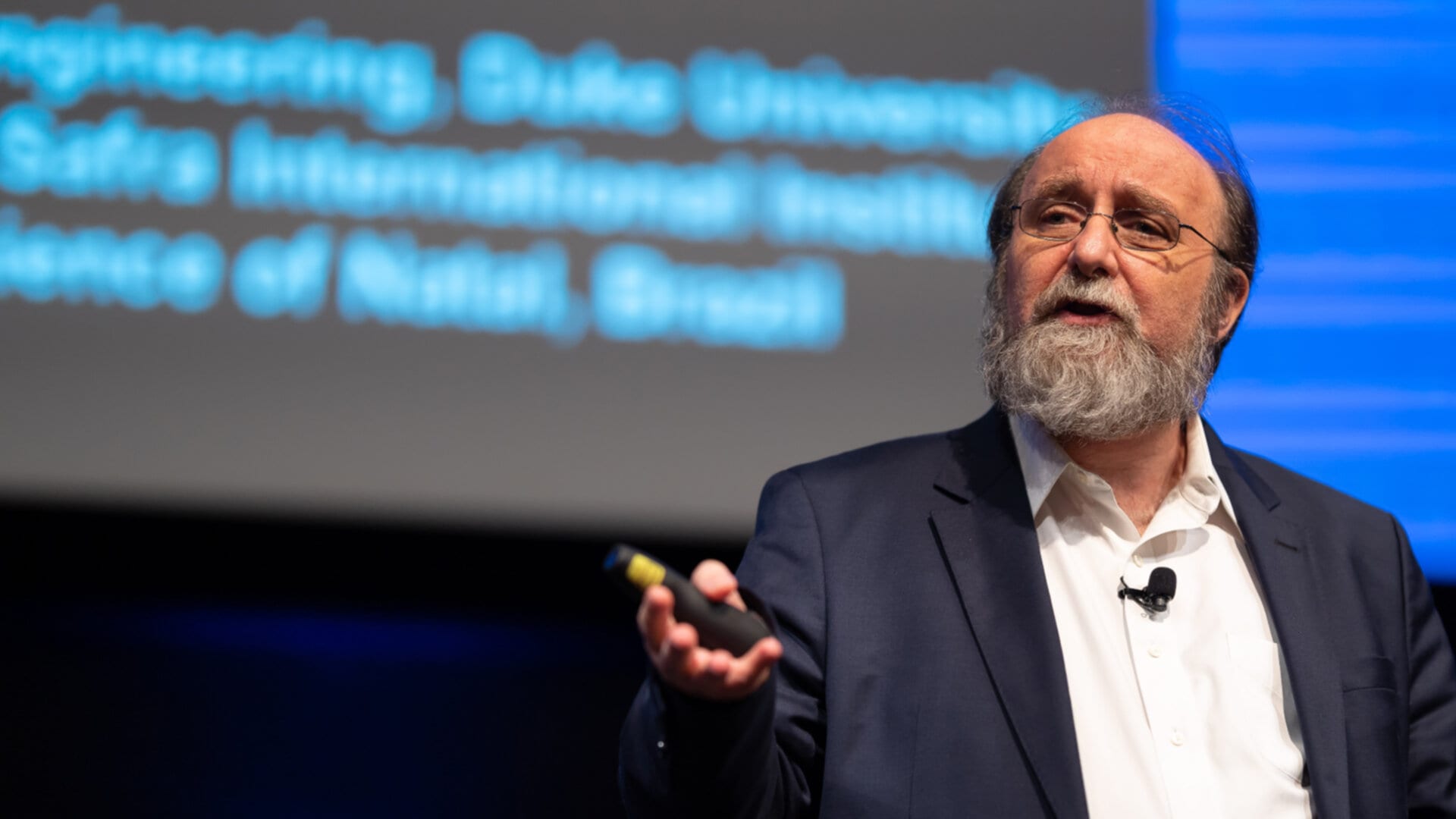Podcast: The brain-machine interface and the future of human augmentation

Miguel Nicolelis is liberating the human brain from the physical limits of the human body. Nicolelis, who is co-director of the Duke University Center for Neuroengineering, has devoted his life’s work to building a brain-machine interface (BMI) that would allow the human mind to control, interact and sense its environment directly without the use of nerves, muscles or organs. In the latest episode of the Nokia Bell Labs Future Human Podcast, "The kick heard around the world", we tell the fascinating story of Nicolelis’s (BMI) project.
The brain-machine interface is one of the key components of what Nokia Bell Labs believes will be a future era of human augmentation. Today, 5G networks are increasingly bringing sensors, machines and all of the “things” making up the internet things into the network fold, but in the 6G world 10 years in the future, human beings will become part of that hyperconnected fabric.
The augmented human, or “homo augmentus,” will be able to manipulate the physical using BMI and other interface technologies. They will gain a more holistic understanding of that external ubiquitous sensing networks. And, as was the subject of our recent blog post, humans will have near-perfect knowledge of their own health via optical sensors embedded beneath the skin, possibly preventing the next pandemic before it starts.
Bringing us back to the subject of our podcast, Nicolelis’s story starts with his initial work measuring the electrical impulses of individual neurons. And it culminates with 1 billion viewers watching paraplegic Juliano Pinto kick a soccer ball in the 2014 FIFA World Cup, aided by an exoskeleton controlled solely through neural impulses. Not only was Pinto able to articulate a limb that had been paralyzed for a decade, he was able to “feel” the impact of his foot on the ball.
We will be delving deep into the topic of homo augmentus over the next few months in future blog posts, podcasts and other media, so be sure to check back.
For more on Nicolelis and the brain-machine interface, you can watch his Shannon Luminary Lecture from 2019. An audio-only replay of the lecture is also available as a Future Human Podcast. And be sure to subscribe to Future Human to stay informed of latest research innovations and debates at Nokia Bell Labs.
